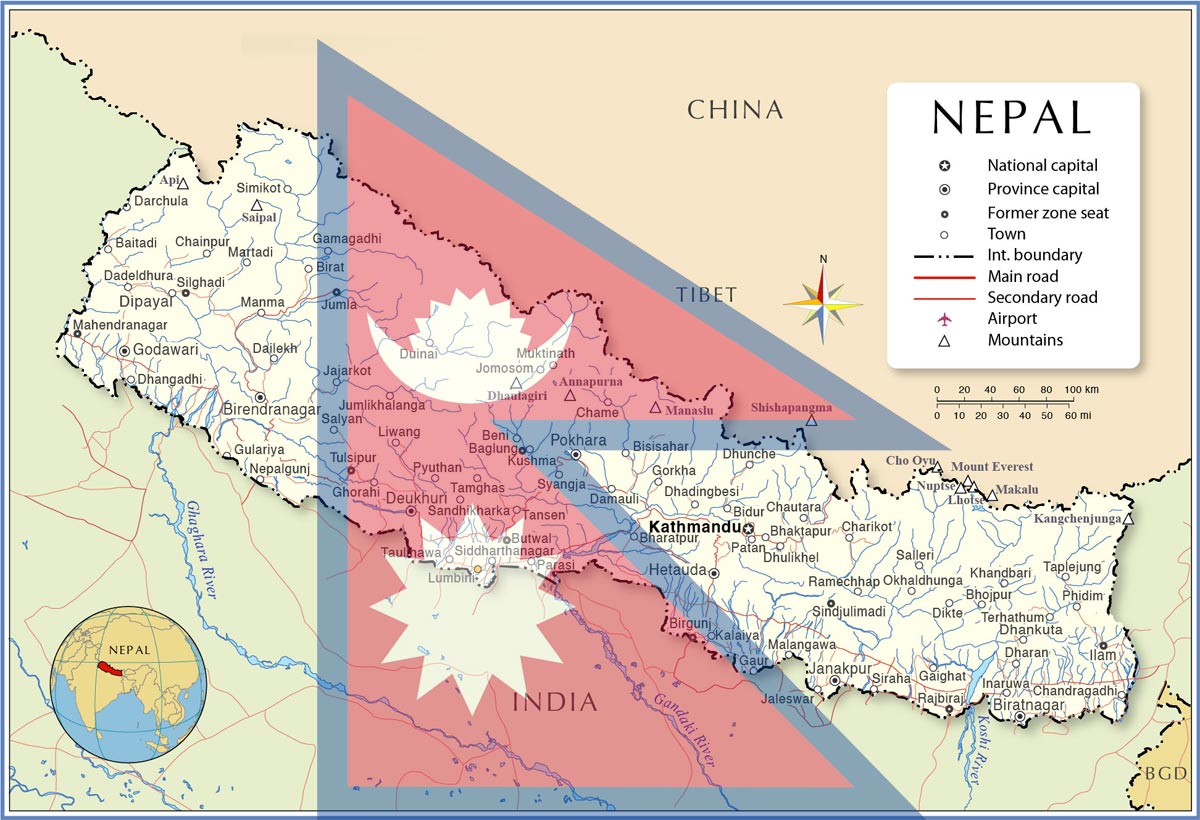
The Impact of Tourism on Local Communities in Nepal: A Comprehensive Analysis
Nepal, known for its natural beauty, diverse culture, and rich heritage, has been a popular destination for tourists worldwide. The tourism industry has played a significant role in the socio-economic development of Nepal, contributing to employment, income generation, and foreign exchange earnings. However, the impact of tourism on local communities in Nepal is a topic of concern. In this article, we will provide a comprehensive analysis of the impact of tourism on local communities in Nepal, including the positive and negative effects of tourism, sustainable and ethical tourism initiatives, cultural tourism, challenges faced by local communities, policies and regulations in place, and best practices for promoting responsible tourism.
Positive and Negative Impacts of Tourism on Local Communities in Nepal
Tourism has both positive and negative impacts on the socio-economic development of local communities in Nepal. On the one hand, tourism generates employment opportunities, provides a source of income for local communities, and contributes to the preservation of traditional cultures and heritage. On the other hand, tourism can also have negative impacts such as environmental degradation, cultural erosion, and displacement of local residents from their land and homes.
The tourism industry in Nepal has grown significantly in recent years, with the number of tourists visiting Nepal increasing from 729,550 in 2016 to 1,173,072 in 2019. The influx of tourists has had both positive and negative impacts on the local communities. For instance, tourism has contributed significantly to the economy, with tourism-related activities accounting for 7.9% of Nepal's GDP. However, the rapid growth of tourism has also resulted in environmental degradation, particularly in areas such as the Everest Base Camp and the Annapurna Circuit, where excessive waste and littering have become a significant concern.
Sustainable and Community-Based Tourism Initiatives in Nepal
To mitigate the negative impacts of tourism, various sustainable and community-based tourism initiatives have been implemented in Nepal. These initiatives aim to promote responsible tourism practices that benefit both tourists and local communities. One such initiative is the "Homestay Program," a community-based tourism initiative that has been successful in generating income for local communities while promoting cultural exchange and preserving traditional lifestyles. The program allows tourists to stay in local homes and experience the local culture and traditions while providing income for the host families.
Another successful initiative is the Annapurna Conservation Area Project (ACAP), a sustainable tourism initiative that has successfully promoted conservation while providing economic benefits to local communities. The initiative includes the implementation of trekking fees, which are used to fund conservation efforts and community development projects in the Annapurna region.
The Role of Ethical Tourism in Minimizing Negative Impacts on Local Communities in Nepal
Ethical tourism, also known as responsible tourism, conscious tourism, or sustainable tourism, aims to minimize the negative impacts of tourism on local communities while promoting economic, social, and environmental sustainability. In Nepal, ethical tourism practices are becoming increasingly important to promote responsible tourism and minimize negative impacts on local communities.
One example of ethical tourism in Nepal is the "Code of Conduct for Tourists," which outlines guidelines for responsible behavior when traveling in Nepal. The code includes guidelines such as respecting local culture and customs, minimizing waste and littering, and supporting local businesses and economies.
The Impacts of Cultural Tourism on Local Communities in Nepal
Cultural tourism, also known as heritage tourism, community-based tourism, or experiential tourism, involves traveling to experience the culture and traditions of a particular region. In Nepal, cultural tourism has been a significant driver of tourism, with tourists traveling to experience the diverse culture and heritage of Nepal.
While cultural tourism has contributed significantly to the economy, it has also had negative impacts on local communities, such as cultural erosion and the commodification of culture.
The commodification of culture refers to the commercialization of traditional practices and the transformation of culture into a commodity for tourist consumption. This can lead to the loss of cultural authenticity and the displacement of local residents from their land and homes.
To mitigate the negative impacts of cultural tourism, there have been efforts to promote community-based tourism initiatives that allow tourists to experience local culture while providing economic benefits to the local communities. An example of such an initiative is the Living Traditions Homestay program in the Kathmandu Valley, which allows tourists to stay with local families and experience their traditional lifestyle while also providing income for the families.
In addition to community-based tourism initiatives, there have been efforts to promote responsible tourism practices that minimize negative impacts on local communities. This includes promoting sustainable tourism practices that prioritize the preservation of natural and cultural resources, as well as ethical tourism practices that prioritize the well-being of local communities.
One of the key challenges faced by local communities in Nepal due to tourism is the lack of representation and decision-making power in tourism development. Many tourism projects are developed without the input or consent of local communities, leading to negative impacts on their livelihoods and traditional lifestyles.
To address this challenge, there have been efforts to promote community-based tourism planning that involves local communities in the decision-making process. This allows for the development of tourism initiatives that are aligned with the needs and values of local communities, while also promoting their economic development and cultural preservation.
Conclusion
In conclusion, cultural tourism has both positive and negative impacts on local communities in Nepal. While it has contributed significantly to the economy, it has also led to cultural erosion and the commodification of culture. To mitigate these negative impacts, there have been efforts to promote community-based and responsible tourism practices that prioritize the well-being of local communities and the preservation of their culture and traditions.
Nepal Related Topics

